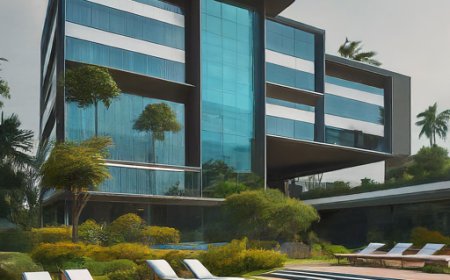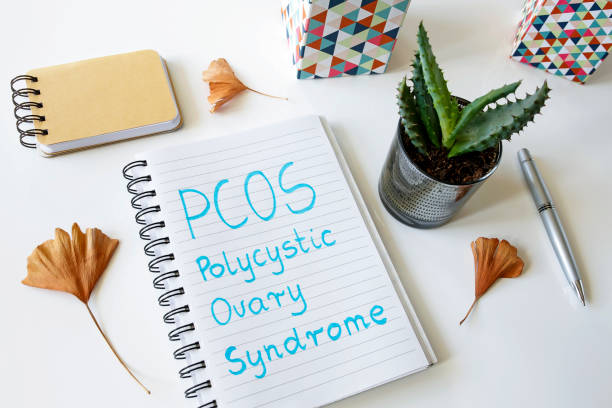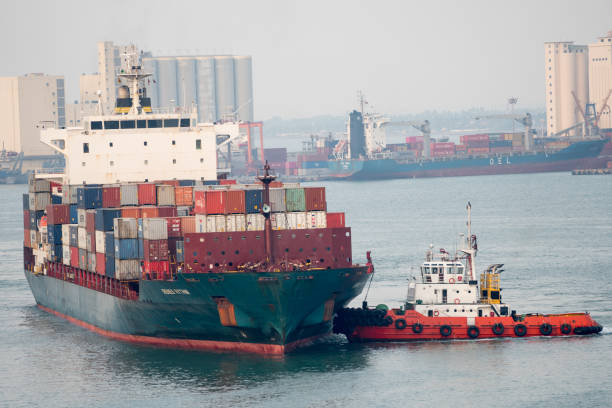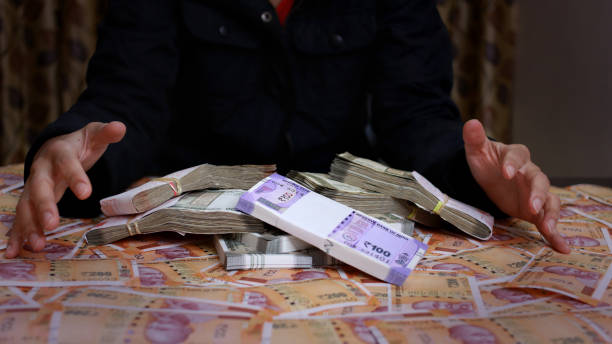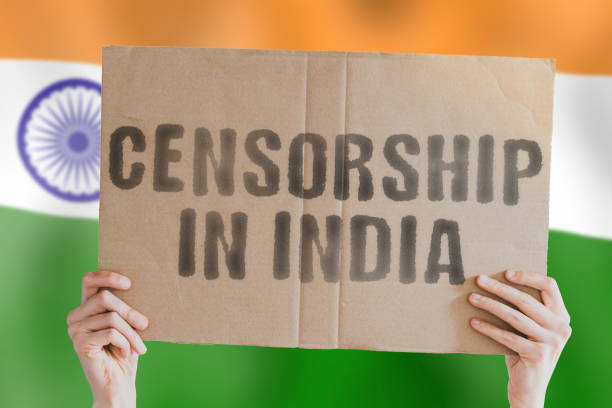PLI Scheme: Fueling India's Manufacturing Revolution
Incentives, Investment, and a Push for Global Competitiveness

The Indian government introduced a number of programs known as the Production Linked Incentive (PLI) scheme to encourage domestic manufacturing and draw in foreign investment in strategic areas. This is a summary:
Main Goal:Making Indian manufacturing competitive on a worldwide scale is the goal of the PLI program. It encourages businesses to boost output and exports by providing financial incentives to those that establish or grow manufacturing facilities in India.

Important attributes:
Targeted Sectors: PLI programs are not universally applicable. They are unique to different industries, such as (but not restricted to):
Manufacturing of Electronics, Mobile Phones, Textiles, Food Processing, Pharmaceuticals, Automobiles and Auto Components, Telecom Equipment, and White Goods (such as air conditioners and refrigerators)
Drones, the production of solar modules, steel, and textiles (both technical and man-made fibers)
Production-Based Incentives: Usually, the incentives are connected to increased output. Businesses get paid when they meet predetermined output goals.
Money Assistance: Financial incentives are offered by the government in the form of tax breaks or direct payments. The sector and quantity of investment determine how much the incentive is worth.
Investment Thresholds: To guarantee that the incentives are flowing to significant projects, several PLI plans contain minimum investment criteria.
Focus on Scale and Exports: The programs promote large-scale production and seek to increase manufactured products exports.
Advantages (as the government envisions them):
Increased Domestic Manufacturing: It is anticipated that the PLI program will greatly boost domestic output in the areas it is intended to support.
Attracting Foreign Investment: The incentives are intended to entice international businesses to establish production facilities in India.
Job Creation: As manufacturing activity increases, more employment will be created.
Increasing Exports: The program seeks to establish India as a significant manufacturer's exporter.
Technology Upgradation:The program can incentivize businesses to update their manufacturing processes and implement new technology.
Reducing Imports: The program can assist in lowering dependency on imports by boosting home manufacturing.

Implementation:
The relevant ministries in charge of each sector carry out the PLI schemes. For instance, the PLI plan for electronics production is implemented by the Ministry of Electronics and Information Technology.
As of right now:
Numerous PLI programs have already been introduced, and many more are planned. Phased implementation of the schemes is underway.
Important Points to Remember:
Competition: The PLI scheme's success hinges on India's capacity to compete with other nations in terms of infrastructure and manufacturing costs.
Global Value Chains:The long-term viability of the scheme depends on the integration of Indian manufacturing into global value chains.
Sustainability: It is imperative to guarantee that the increased manufacturing activity is environmentally friendly and sustainable.
It is best to consult official government sources, such as the websites of the relevant ministries (e.g., Ministry of Commerce and Industry, Ministry of Electronics and Information Technology), to obtain the most current and comprehensive information about the PLI scheme, including the specific details of each scheme, eligibility criteria, and application procedures. Information about PLI initiatives is also frequently available on the NITI Aayog website.
